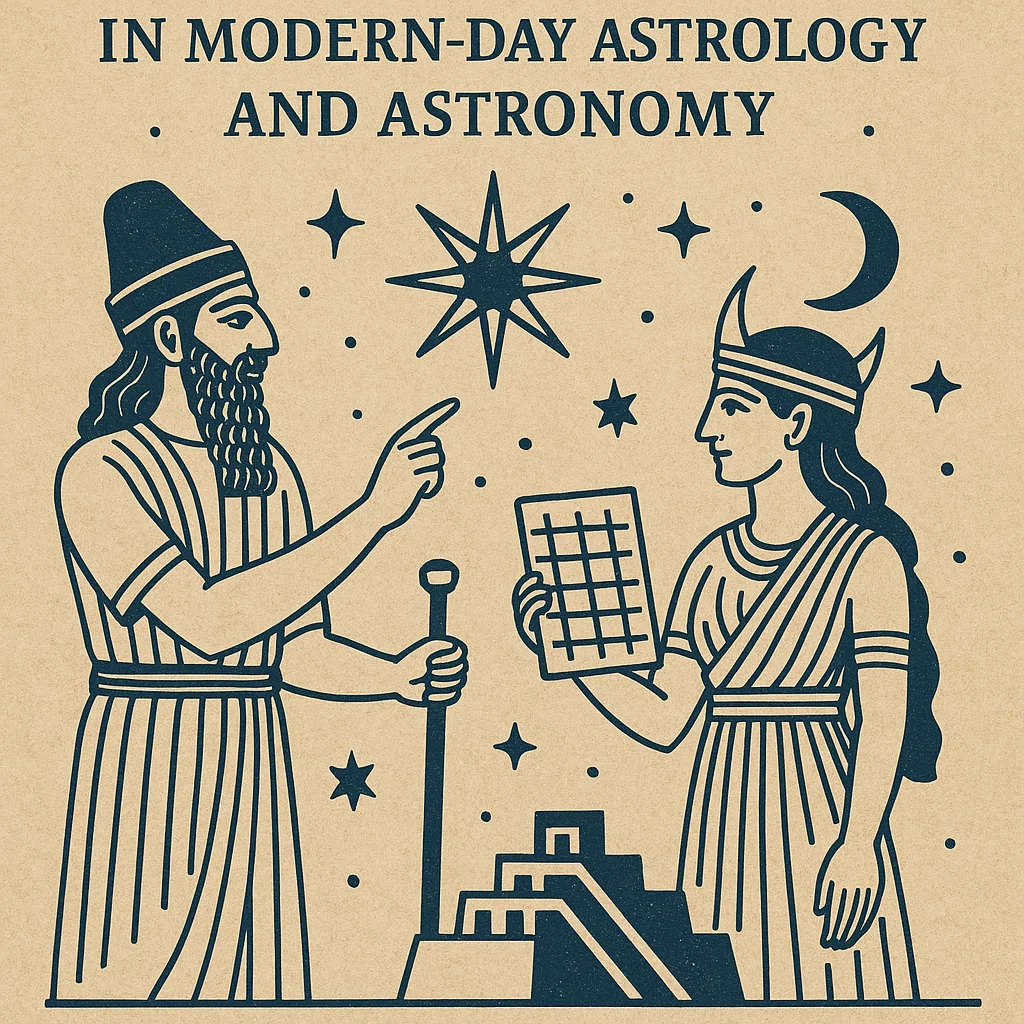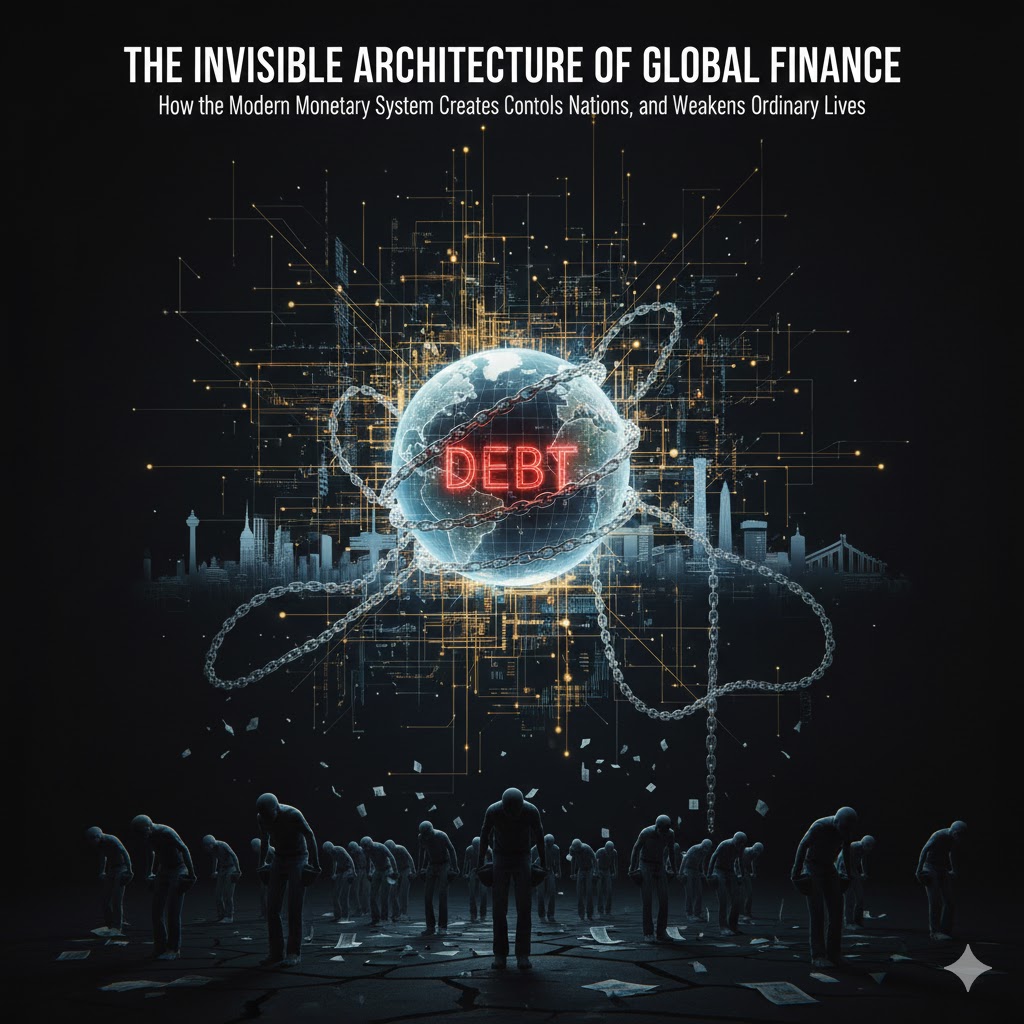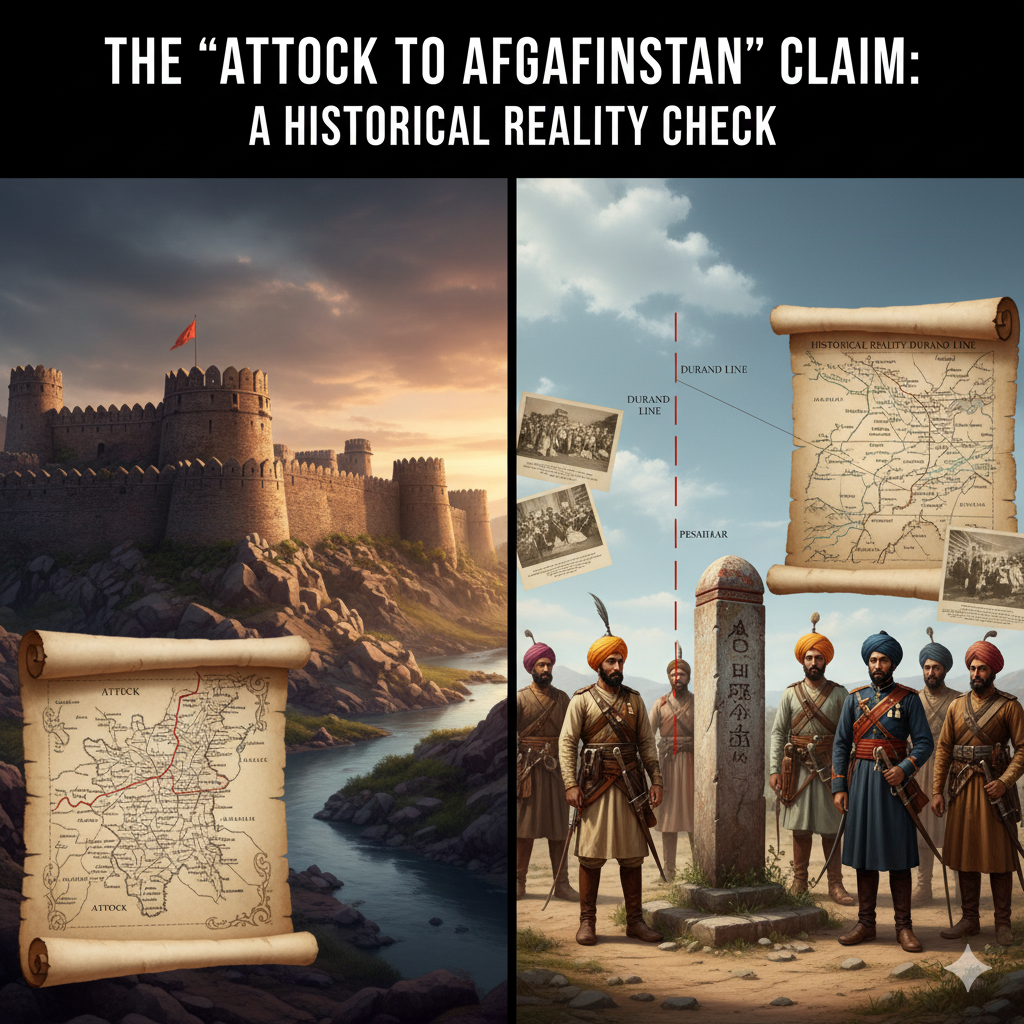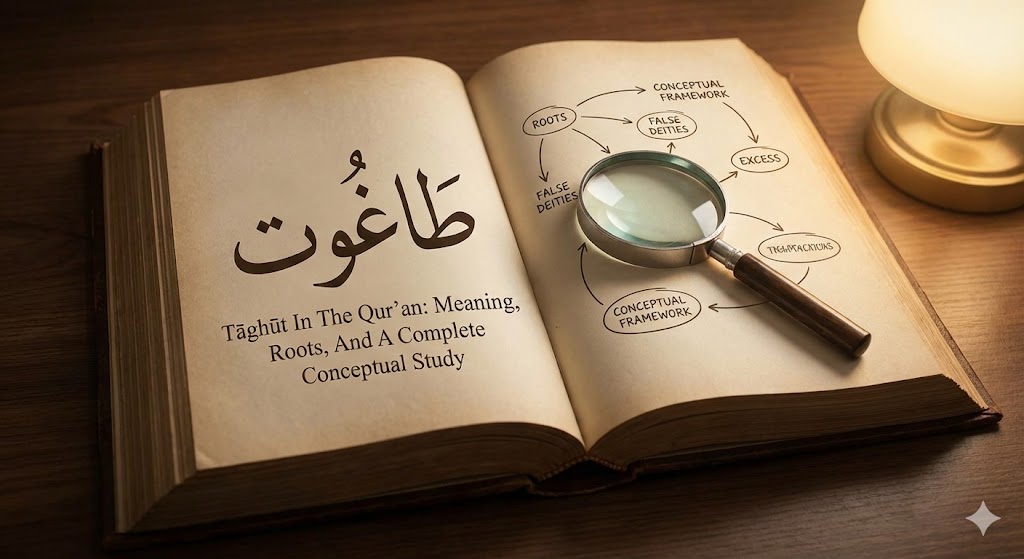In recent decades, political and popular discourses on both sides of the Pakistan-Afghanistan border have increasingly invoked the claim that regions up to Attock (and beyond) in present-day Pakistan are historically part of “Afghanistan.” This claim, often wrapped in nationalistic rhetoric, asserts that large swathes of Pakistani territory—especially Pashtun areas—belong to “Afghan land” by right of history, ethnicity, or past rule. But how much of this claim is borne out by rigorous historical evidence? What are its origins, and where does it diverge from documented history? This article undertakes a reality check: exploring treaties, terminology, historical governance, political usage, and legal recognition. The conclusion aims less to inflame and more to clarify: what history says, and what it does not.
1. Terminology & Etymology: What Does “Afghan/Afghanistan” Historically Mean?
Before examining borders or rule, it’s crucial to understand terms—“Afghan,” “Pashtun,” “Afghanistan”—because much misunderstanding arises from conflating ethnic, territorial, and political identities.
- “Afghan” as Ethnonym: Historical sources suggest that the term “Afghan” was used long before the formation of the modern state of Afghanistan. Some scholars trace its derivation to ancient terms like Aśvakan (Sanskrit) meaning “horse-breeders/horsemen,” or Persian/Avestan equivalents.
- “Pashtun” vs “Afghan”: In many historical texts, “Afghan” referred (and still refers) largely to the Pashtun ethnic group. But “Pashtun” is itself a linguistic/ethnic identity, not always perfectly coterminous with the state or political entity called Afghanistan.
- “Afghanistan” as a political entity: The name began to be used officially in the mid-19th century, but boundaries and political centralization varied. Not all Pashtun lands were always under the control or administration of a state labelled “Afghanistan.”
Thus, when someone claims “Attock to Afghanistan,” we must ask: which “Afghanistan”—which time period? Do they mean ethnic Pashtun areas? Do they mean political/administrative control? Or do they mean cultural or linguistic affinity?
2. The Durand Line: Treaty, Border, Legacy
One of the pivotal legal and historical moments relevant to the “Attock to Afghanistan” claim is the establishment of the Durand Line. This line is frequently central in debates about where legitimate boundaries lie.
- Origin of the Durand Line: In 1893, Sir Henry Mortimer Durand, a British India diplomat, and Amir Abdur Rahman Khan of Afghanistan agreed on a boundary delineating their respective spheres of influence. This boundary (the Durand Line) stretched roughly 2,640 km (from the Wakhan corridor near China in the northeast to the Iran border in the west).
- What the treaty did—and didn’t—do: The agreement was to demarcate spheres of influence along the frontier; British India secured areas west of parts of the Pashtun tribal belt, while Afghanistan accepted that certain Pashtun tribal areas would fall under British influence. However, many disputes have arisen over interpretations: whether the Durand Line is legally permanent, whether later rulers reaffirmed or repudiated it, whether it was “imposed under duress,” whether Pakistan as successor state has inherited all rights, etc.
- Post-1919 and after Partition: Afghanistan regained control over its foreign affairs in 1919 (Treaty of Rawalpindi) and has since had complicated stance towards the Durand Line. Meanwhile, when British India was partitioned in 1947, Pakistan inherited the boundary lines (including Durand Line) recognized by British India. Internationally, most states treat the Durand Line as the de facto border. Still, Afghanistan (variously in the past) has challenged its legitimacy.
So any claim that modern Pakistani territory east of the Durand Line “belongs” to Afghanistan has to confront that legal & historical reality: treaties, international norms, succession of states.
3. Historical Rule & Governance: Who Controlled What, When
To assess the “Attock to Afghanistan” claim, we need to see who exercised political, administrative or military control over these areas at different times—especially border areas like Attock, Peshawar, etc.
- Before the colonial period: Much of what is now northern Pakistan—especially Pashtun tribal areas, the frontier hills, Peshawar, etc.—were inhabited by Pashtun tribes, and subject to shifting allegiances, local rule, sometimes by local khans or tribal elders, sometimes under the nominal suzerainty of larger empires (Mughal, Durrani, etc.). But full administrative control, centralized governance, or formal rule from Kabul was sporadic and often symbolic.
- Durrani Empire & Afghan rulers: The Durrani Empire (mid-18th century onward) under Ahmad Shah Durrani and successors included territories that are now in Pakistan, and had significant influence in Peshawar and adjacent areas. But even then, local tribal autonomy remained strong, and direct rule from Kabul often weak or indirect. Also, the center of gravitation of power sometimes shifted; Kabul was a capital, but military expeditions, winter headquarters, and regional power bases were sometimes elsewhere (including Peshawar, Lahore, etc.). Scholars note that Peshawar served as a “gateway” and frontier seat in many of those conflicts.
- British colonial period: With the expansion of British rule, especially after crushing Sikh rule in Punjab, the British annexed Peshawar region, and gradually incorporated frontier territories under British India, even while some tribal areas remained semi-autonomous. The British saw the frontier as buffer zones, built forts, but also engaged with tribes by treaties, subsidies, etc. Importantly, British rule meant that those areas east of Durand Line were brought administratively under British India, not under Afghan administration.
Thus, when asking “has Attock ever been ruled by an ‘Afghan state’?”, the answer is complicated: yes for some campaigns, influence, or conflict; but no for consistent, recognized, continuous administration under someone calling himself ruler of “Afghanistan” in modern sense.
4. Treaties, Reaffirmation, Legal Succession
Having rule or influence is one aspect; legal recognition of borders and authority is another. Key treaties and legal acts are essential.
- 1893 Durand Line Agreement: As noted, signed by Abdur Rahman Khan, defining frontier between British India and Afghanistan.
- Survey & demarcation efforts 1894–1896: Joint British-Afghan commissions surveyed parts of the Durand Line (mapping, negotiating local village rights, etc.).
- 1919 Treaty of Rawalpindi: Post-Third Anglo-Afghan War, Afghanistan regained full control over its foreign affairs. This treaty, while acknowledging Afghanistan as independent, did not reverse the boundary (Durand Line) as recognized.
- Post-1947 inheritance: When Pakistan was created, it inherited the border treaties of British India (in international law this is typical: borders are maintained unless changed mutually). Pakistan considers Durand Line the de facto and de jure border; Afghanistan has sometimes disputed that in rhetoric, but in practice the line remains.
These treaties form the backbone of the legal reality. A claim that Attock or other areas “belong” to Afghanistan must grapple with these.
5. Popular Narratives, Nationalism, and the “Attock to Afghanistan” Slogan
Why does the “Attock to Afghanistan” claim persist? Because history is always political, identity is always contested, and narratives serve purposes.
- Pashtun nationalism / Pashtunistan movement: From early 20th century, there were Pashtun leaders calling for an independent Pashtun-state (Pashtunistan), or for claims on tribal lands split by colonial borders. These movements invoked cultural/ethnic solidarity, grievances over colonial divisions, or perceived neglect by central authorities.
- Political utility: Some Afghan leaders have used this claim as diplomatic leverage, bargaining chip, or to galvanize domestic support. For example, arguing that certain areas “rightfully” belong to Afghanistan resonates with sentiment among Pashtuns on both sides.
- Cultural memory and folklore: Stories, poems, songs, local histories often preserve memories of pre-colonial rule, past migrations, shared tribal lineages crossing modern borders. Such memories are powerful even when administrative control was not always constant.
These make the “Attock to Afghanistan” slogan emotionally potent, even if historically weak in strict legal/administrative sense.
6. Areas of Weakness in the Claim
After examining treaties, historical governance, and usage, several weak points emerge in the “Attock to Afghanistan” argument.
| Weak Claim | Reason(s) It Fails or Is Unsubstantiated |
|---|---|
| That Attock region was always part of Afghanistan in a legal or administrative sense | Historical record shows British colonial administration, especially after Sikh conquest and British annexation, took over Attock and adjacent regions. There is no period in modern times when Afghanistan continuously administered Attock as its own province with recognized governance. |
| That the Durand Line is invalid due to time-limit or expiration | The original 1893 treaty does not include a 100-year expiry clause; that is a popular myth. It has been reaffirmed by later rulers. |
| That “Afghan” always meant citizens of the modern Afghanistan and included all Pashtun areas east of Attock | The term “Afghan” historically had ethnic meaning, often referring specifically to Pashtuns, but not necessarily implying that every Pashtun area was under central political control of a state called Afghanistan. Ethnic affiliation is different from political sovereignty. |
| That modern Pakistani territory east of Durand Line is “usurped” land always under Afghan rule | Many of those areas, especially Attock, Peshawar, NWFP (Khyber Pakhtunkhwa), had varied control: local rulers, Mughal, Sikh, British. The British conquest of Punjab (including Attock) in 1849 shifted control decisively. |
7. Evidence That Counters or Weakens the Claim
To assess the “Attock to Afghanistan” slogan honestly, one must acknowledge that it isn’t conjured out of thin air. Like many enduring myths, it borrows fragments of historical truth — campaigns, dynasties, alliances — then inflates them into political ideology. The task, therefore, is not to dismiss all such references, but to interpret them within their proper historical and geographical context.
Campaigns and Battles: Fleeting Conquests, Not Continuous Sovereignty
Throughout antiquity and the medieval period, rulers from what is now Afghanistan often launched military expeditions eastward. The most famous were those of Ahmad Shah Durrani, who in the mid-18th century established the Durrani Empire — at times extending its authority over Peshawar, and briefly toward Attock. His son Timur Shah, and later Afghan governors, retained nominal oversight of Peshawar until Ranjit Singh’s Sikh Empire conquered it in 1818.
Yet the crucial point is this: these campaigns represented military incursions and shifting frontiers, not the stable, integrated governance of a modern nation-state. The Durrani realm itself was a loose confederation of tribal territories, often fracturing after each ruler’s death. Authority beyond Kabul was dependent on personal alliances and tribute rather than centralized administration.
Even Ahmad Shah’s control over Peshawar fluctuated; it was less an Afghan “city” than a frontier prize, repeatedly contested by Persians, Sikhs, Mughals, and local Pashtun rulers. The same holds for Attock — it was a strategic outpost on the Indus, briefly garrisoned during westward retreats or invasions, but never permanently integrated into the Afghan political system.
In other words, presence did not equal sovereignty. Empires in that era expanded and contracted fluidly — not by fixed borders, but by zones of influence. To project a temporary military footprint into a modern territorial claim is to misunderstand how premodern polities functioned.
Tribal Influence and Cross-Border Kinship
A more emotional — and thus durable — argument for the “Attock to Afghanistan” idea lies in tribal and ethnic continuity. Indeed, Pashtun tribes straddle both sides of today’s Durand Line: the Afridis, Mohmands, Shinwaris, Wazirs, and others. These kinship ties long predate colonial mapping.
But again, this fact underscores shared ethnicity, not shared sovereignty. Tribal systems operate on customary law (Pashtunwali) rather than on national allegiance. Even during the Afghan empires, Kabul’s hold over frontier tribes was negotiated, not imposed — through patronage, symbolic authority, or seasonal levies.
When the British later formalized the Durand Line in 1893, they were not dividing a homogeneous Afghan heartland; they were demarcating the limits of Kabul’s effective control — something already recognized in practice. Many tribes on the eastern side had long been administratively linked with British India, paid taxes to its officers, and traded under its protection.
Thus, while shared lineage and culture blur emotional boundaries, they cannot serve as a legal or political basis for territorial ownership. Tribal interconnection proves social continuity — not the continuity of an Afghan state east of the Khyber.
Historical Acknowledgment of Frontiers
Ironically, the strongest evidence against the “Attock to Afghanistan” claim comes from Afghan rulers themselves. Multiple official documents, treaties, and correspondences record acknowledgment — explicit or tacit — of Afghanistan’s eastern frontier.
The most decisive of these was the Durand Agreement of 1893, signed by Amir Abdur Rahman Khan and Sir Mortimer Durand. It defined the boundary between British India and Afghanistan, specifying the limits of each authority. Far from being an act of imposition, it was a negotiated treaty, with Afghan consent and full signatures recorded in official archives.
Afghanistan’s subsequent rulers, including Habibullah Khan (1901–1919) and Amanullah Khan (1919–1929), reaffirmed or operated within those limits. Even after independence from British influence, no Afghan government formally renounced the Durand Line until decades later, when the Cold War and Pashtun nationalist movements politicized the issue.
Further historical precedents reinforce this reality. During Mughal and later Sikh ascendancy, Kabul and Peshawar were often distinct administrative units, governed separately or under rival powers. The Mughal Subah of Kabul and Subah of Peshawar were clearly delineated in imperial records centuries before the British arrived. In none of these arrangements did Attock — far deeper into the plains of Punjab — ever fall under sustained Afghan political control.
Misreading Influence as Ownership
One recurring distortion is the confusion between influence and ownership. Afghan rulers influenced or raided territories east of the Khyber Pass — as did Persian, Turkic, and Indian rulers in the opposite direction. But to conflate transient dominance with legitimate territorial inheritance is an anachronism.
If historical influence alone conferred modern sovereignty, then much of Central and South Asia could lay overlapping claims across one another — from Delhi to Bukhara. Such logic would dismantle every modern boundary on the continent.
Hence, when Afghan nationalists assert that “our ancestors ruled till Attock,” they are technically referencing brief military presence, not continuous governance or legal dominion. The historical record — from Persian chronicles to British administrative archives — shows no lasting Afghan administration, taxation system, or judicial authority established east of Peshawar after the late 18th century.
These do lend some substance to the claim—but they are not enough to validate “Attock to Afghanistan” as a full political or territorial claim under modern international law.
8. Modern International Law, State Succession, and Border Recognition
Legal norms today give great weight to treaties, continuity, and recognition. Even if people argue moral or ethnic claims, legal claims require consistent recognition, administration, or mutual agreement.
- Succession of States: When British India was partitioned, Pakistan inherited the treaties, borders and administrative arrangements of British India unless explicitly changed. Since the Durand Line was recognized (at least implicitly) as a border between British India and Afghanistan prior to partition, Pakistan’s view is that it legally inherited that border.
- Legal recognition & practice: International bodies, maps, diplomatic interactions for much of history treat the Durand Line as the Pakistan-Afghanistan border. Afghanistan has occasionally repudiated or refused to recognize it in rhetoric, but in practical terms, the line has been administered, recognized in many treaties, and acts by states have proceeded under its assumption.
- Effect of colonial imposition & later disputes: Yes, many argue that colonial treaties were unfair or imposed, but legal traditions generally hold that once a treaty is agreed, unless both parties renegotiate, it remains binding. Moral or political arguments against colonial legacies are legitimate in political discourse—but do not alone invalidate legal status in international law.
9. Why the “Attock to Afghanistan” Claim Persists Despite Weaknesses
Understanding why a claim survives long after its factual foundation collapses reveals as much about national psychology as it does about politics. The “Attock to Afghanistan” narrative endures not because it is historically sound, but because it meets emotional, political, and symbolic needs within Afghan society — needs that history alone cannot satisfy.
Identity and Collective Memory
Borders divide land; they do not always divide memory. Across the Durand Line, people still share languages, tribal names, kinship networks, and customs that predate modern states. For many Afghans — and some across the border — these continuities feel more “real” than the invisible lines on a colonial-era map.
This sentiment gives the myth of a “shared homeland” its staying power. It is not a claim about territory so much as about belonging — an assertion that “we were one people before politics separated us.”
But collective memory, like oral tradition, compresses centuries of complexity into digestible symbols. The emotional truth of connectedness replaces the historical truth of political sovereignty. What is remembered as unity was, in reality, a patchwork of semi-autonomous regions, shifting loyalties, and competing rulers.
Political Appropriation and Mobilization
Every generation of Afghan leaders has found this claim a convenient tool. When political legitimacy falters, nationalism can fill the gap. By invoking a historical grievance — that “foreign powers divided our nation” — elites redirect public frustration outward, toward an external enemy or imagined injustice.
This tactic works because it flatters collective pride while deflecting blame for domestic failures. Instead of confronting corruption, poverty, or weak governance, the narrative of “lost territory” provides a simpler story: we were great once, and outsiders ruined us.
In times of internal crisis, this myth offers both distraction and cohesion. It creates a unifying “other” — in this case, Pakistan — against which national identity can be reasserted.
Misinformation, Selective History, and Mythmaking
Historical complexity rarely fits neatly into national stories. Simplified versions — heroes, betrayals, lost lands — circulate easily, especially where literacy is low and oral storytelling remains dominant.
In Afghan popular history, phrases like “our ancestors ruled till Attock” or “the British stole our land” have become shorthand for centuries of geopolitical transformation. These are not deliberate lies so much as emotionally satisfying fictions — fragments of truth stretched across gaps in understanding.
Selective retelling is part of mythmaking: emphasize victory, omit decline, romanticize resistance. Over time, repetition grants the myth the authority of memory. Textbooks, folk poetry, and even political speeches reinforce it until questioning the story feels like an act of disloyalty.
Geopolitical Friction and Modern Catalysts
Even if the claim lacks historical merit, regional realities keep it alive. Border skirmishes, refugee crises, militant movements, and cross-border trade disputes continually remind both sides that the Durand Line is not just a line — it’s a lived frontier.
When a border fence goes up, or a clash occurs between forces, the old slogan resurfaces: “Attock is ours.” Each new incident is folded into a centuries-old grievance, renewing the emotional charge of the myth.
International actors — whether intelligence agencies, militant groups, or external powers with regional interests — sometimes exploit these sentiments. For propaganda or leverage, the myth serves as a ready-made narrative of injustice and entitlement.
Psychological Comfort in a Fragmented Nation
At its core, the persistence of this claim reflects a deeper anxiety: the struggle of a nation repeatedly torn apart by war, intervention, and shifting alliances. Clinging to an imagined “greater Afghanistan” offers psychological refuge — a vision of wholeness in a landscape marked by fragmentation.
When a people cannot find stability in their present, they often seek dignity in their past. The “Attock to Afghanistan” dream functions like a mirror — not reflecting history as it was, but projecting how a nation wishes to see itself: united, powerful, and wronged by others.
In Sum
The endurance of this narrative is less a matter of geography and more a symptom of identity in search of certainty. Myths persist not because they are believed to be literally true, but because they feel true — and feelings, once intertwined with history, are not easily untangled.
Until Afghanistan redefines its strength through education, economy, and internal unity rather than territorial nostalgia, such myths will continue to echo — faint reminders of a grandeur that was never quite what it seemed.
10. Case Study: Attock Region
We now look more specifically at the Attock region to test whether it has historical legitimacy under the “Attock to Afghanistan” claim.
- Strategic location: Attock is near the Indus River, at the gateway of northern Punjab and Khyber Pakhtunkhwa, historically a frontier region between empires: Mughal, Sikh, British, and Afghan. Control of the Attock Fort has changed hands; it has been important militarily because controlling Attock controls access over the Indus and the routes to the North.
- Sikh conquest and British administration: After the decline of the Durrani Empire and the rise of the Sikh Empire (early 19th century), many areas around Attock came under Sikh control. Then with British colonial expansion, especially after the Second Sikh War and annexation of Punjab (1849), British India established administrative control. There is documentary evidence that British India administered Attock, taxed it, built infrastructure, law courts, etc.
- Lack of Afghan administrative control: While Afghan rulers may have made raids or campaigns, there is no sustained period when Attock was governed as part of Afghanistan (in the sense of Kabul’s administration, Afghan courts, Afghan taxation, etc.), especially after the establishment of the Durand Line.
- Treaty recognitions: As part of British India and later Pakistan, Attock is east of the Durand Line; hence internationally recognized boundary regimes treat Attock as Pakistani territory.
Thus, while the claim that Attock has Afghan cultural or even occasional military connection may have some historical basis, the claim that it is “Afghan territory historically” in a continuous and legitimate political sense does not stand up to scrutiny.
11. Implications: Why This Contested Claim Matters Today
This is not mere academic debate. The “Attock to Afghanistan” claim has real implications for politics, identity, security, and diplomacy.
- Border security and management: Cross-border militancy, refugees, smuggling, and disputes over fence building often draw on claims of disputed territory.
- National identity and symbolism: For Pakistan, these claims are seen as threats to sovereignty. For Afghanistan, or certain Afghan political factions, they bolster narratives of Pashtun unity and perceived injustice.
- Policy decisions: How governments negotiate, where they draw maps, what language is taught in schools, and how to engage with displaced populations or tribal communities.
- International relations: The legitimacy of claims, longstanding treaties, and boundaries is loosely connected to UN, bilateral treaties, international norms. Dispute weakens trust and complicates diplomatic relations.
12. Conclusion: What History Supports, What It Does Not
After examining treaties, historical governance, linguistic and cultural identity, and legal principles, here is what we can conclude:
- What history supports
- Pashtun ethnolinguistic identity straddling both sides of the Durand Line is real and longstanding.
- Afghan rulers did have periods of control, influence, or campaigns into areas now in Pakistan.
- The Durand Line, while contentious, is a legally recognized border via treaties, international recognition, and de facto administration.
- “Afghan” and “Pashtun” are related but not identical: ethnicity does not equate political jurisdiction.
- What history does not support
- The idea that all territory up to Attock (and more) was ever continuously part of a unified state known as “Afghanistan” in a way that implies legal political sovereignty comparable to modern states.
- The notion of an “Attock to Afghanistan” boundary that predates colonial treaties under Afghan sovereign control that is generally recognized.
- Claims that the Durand Line expired, or that any treaty automatically reverts territory to Afghanistan without mutual agreement or legal process.
- Key takeaway
- The “Attock to Afghanistan” claim, while powerful emotionally and politically, lacks strong support from the historical, legal, and administrative record.
- A more factually grounded narrative recognizes border treaties, state succession, and the difference between ethnic/cultural linkages vs legal sovereignty.
13. Suggestions for Moving Forward: Policy & Narrative
Finally, what can or should be done to resolve or temper this contentious issue in more constructive ways? Here are a few suggestions:
- Educational clarity: Ensure school curricula, textbooks, and public information correctly present the history of the Durand Line, treaties, and local governance.
- Cultural cooperation: Promote cross-border Pashtun cultural, linguistic, and social exchanges (arts, media, festivals) that recognize shared identity without invoking territorial claims.
- Border management with respect for communities: Strengthen border infrastructure only with proper consultation of local tribal peoples, respect for nomadic/historic migratory patterns, and human rights.
- Diplomatic dialogue: Bilateral commissions or third-party historians to provide joint historical reports or fact-checks to reduce misinformation.
- Depoliticizing myth: Leaders should avoid using “Attock to Afghanistan” slogans in ways that inflame. Acknowledging nuance does not weaken identity.










